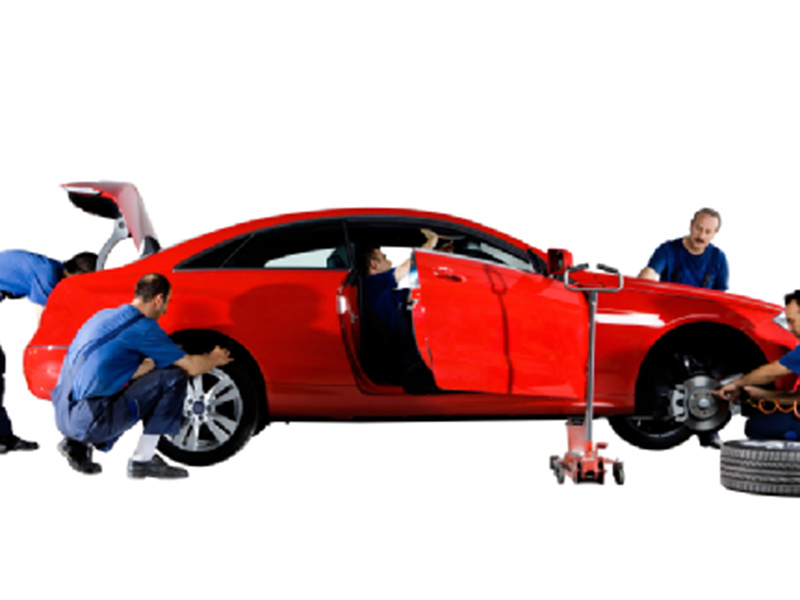All Categories
Featured
The auto industry has seen amazing technological improvements over the previous couple of years, and these advancements have dramatically changed the method cars are fixed. With the rise of electrical automobiles (EVs), progressed security attributes, and cutting-edge analysis devices, the globe of automotive repair service is more high-tech than ever in the past.
![]()
![]()
Conclusion. Automotive technology is progressing at a fast pace, and these advancements are having an extensive effect on how cars are fixed. From advanced remote diagnostics and diagnostic devices to 3D printing and AR-assisted fixings, these advancements are not just boosting the top quality and effectiveness of repair services but likewise making the repair work process extra hassle-free for both auto mechanics and automobile owners.
- Advanced Diagnostic Devices. Today's auto mechanics have access to innovative analysis devices that provide precise, real-time info about an automobile's condition. These tools save time and assistance mechanics swiftly identify issues, leading to quicker repairs and even more exact services.
- Automated Fixing Aid. The surge of artificial intelligence (AI) and device knowing in auto repair is one more game-changer. AI-based systems can examine vast quantities of data from previous repair services, customer feedback, and supplier specifications to help specialists in making educated choices. Some progressed service center also utilize robotic arms and automated systems to handle routine jobs like tire turnings or oil modifications. This automation not only quickens repair processes yet also reduces human error, making sure that repair services are done more efficiently and with better precision.
- 3D Printing for Car Components. 3D printing has actually changed numerous markets, and vehicle fixing is no exemption. Utilizing advanced 3D printing modern technology, repair shops can produce personalized components for lorries that are challenging or expensive to discover.

- Telematics and Remote Diagnostics. Several modern-day vehicles are furnished with telematics systems that send real-time data to fix shops, enabling for remote diagnostics. If a problem emerges, an auto mechanic can identify the problem remotely, analyze the severity, and even begin the repair work procedure prior to the vehicle gets here at the store.
- Electric Car (EV) and Crossbreed Lorry Repair Works. With the expanding appeal of hybrid and electric cars, repair service shops have actually needed to adapt to brand-new technologies that were not present in typical gasoline-powered cars and trucks. These cars feature special powertrains, high-voltage batteries, and specialized components that need specific training and equipment to service properly. Numerous service center are currently purchasing electric vehicle training for their technicians, as well as getting the needed devices to work with EV and crossbreed systems. In addition, EV-specific diagnostic software application is used to keep track of the health and wellness of batteries, electrical motors, and charging systems, guaranteeing they proceed to operate efficiently.
- Enhanced Fact (AR) for Repair Help. Enhanced fact (AR) technology is making its method right into the world of automotive repair work, supplying specialists a brand-new method to communicate with repair work handbooks and schematics. Making use of AR glasses or screens, technicians can watch electronic overlays of the car's internal systems while they work. This real-time information can include step-by-step guidelines, diagrams, and even repairing suggestions from specialists. This technology can help lower the time it requires to finish complicated fixings and lessen the threat of errors, eventually bring about higher-quality service for customers.
- Advanced Materials and Coatings. The products utilized in contemporary vehicles have actually evolved significantly, calling for new repair techniques. Modern fixing shops are geared up with specialized tools and training to manage these sophisticated materials, ensuring that repairs restore the vehicle to its initial problem.

- Proactive Maintenance by means of Predictive Analytics. When a part or system will fail, an additional technical innovation in vehicle repair work is the usage of predictive analytics to anticipate. By examining data from sensing units and the vehicle's historic performance, predictive maintenance tools can help specialists identify possible concerns prior to they trigger a malfunction. This approach enables for aggressive repairs, helping to prevent inconvenient and expensive emergency repair work. By remaining ahead of possible issues, lorry proprietors can extend the lifespan of their automobiles and reduce the overall cost of upkeep.
Conclusion. Automotive technology is progressing at a fast pace, and these advancements are having an extensive effect on how cars are fixed. From advanced remote diagnostics and diagnostic devices to 3D printing and AR-assisted fixings, these advancements are not just boosting the top quality and effectiveness of repair services but likewise making the repair work process extra hassle-free for both auto mechanics and automobile owners.
Latest Posts
Explore Countless Opportunities
Published May 07, 25
1 min read
Seeking a Service Center Close By? Choose Car-X St. Louis for Expert Care
Published May 07, 25
1 min read
Seeking Vehicle Repair Locally? Trust Car-X St. Louis for Trusted Solutions
Published May 07, 25
1 min read